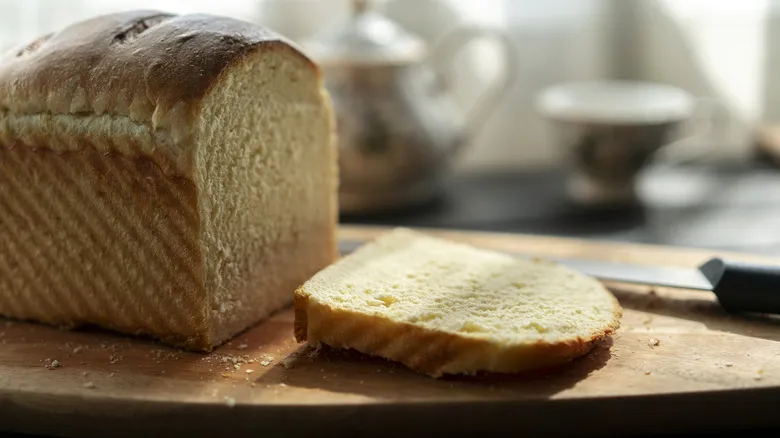Add taste, texture, and color with inclusions
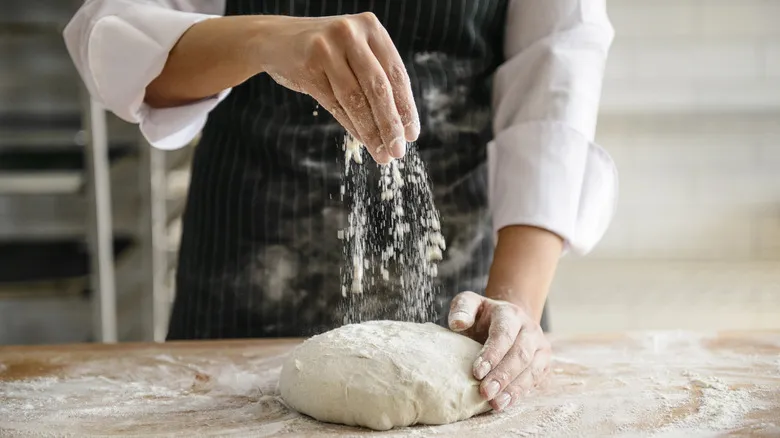
Experimentation is key in this context. In the latest cookbook from Modernist Cuisine, titled "Modernist Bread at Home," Nathan Myhrvold and his team have taken creativity to new heights with recipes for sweet potato, apple pie, and artichoke sandwich breads. Myhrvold even recommends pureeing canned fruits or vegetables and incorporating them into the dough. On a more traditional note, cinnamon raisin and olive bread also fit into the category of white breads with added ingredients. Regarding texture, Myhrvold notes that he incorporates hydrated, toasted bran and germ into his whole wheat bread, resulting in a loaf that is lighter than conventional whole wheat bread while still containing whole grains.
One of Myhrvold's preferred methods for enhancing flavor involves pressure caramelizing ingredients like nuts, grains, or dried fruits using sugar, butter, and baking soda in an Instant Pot or pressure cooker. The team also enjoys experimenting with various flours to achieve different tastes and textures, such as a Japanese sandwich bread that includes rice flour in the dough and is topped with furikake, according to Myhrvold. However, determining the correct way to incorporate these additions into a white bread recipe—and the appropriate quantities to use—is not as straightforward as simply adding them to the dough. There are several factors to take into account.
How to incorporate inclusions in a bread recipe
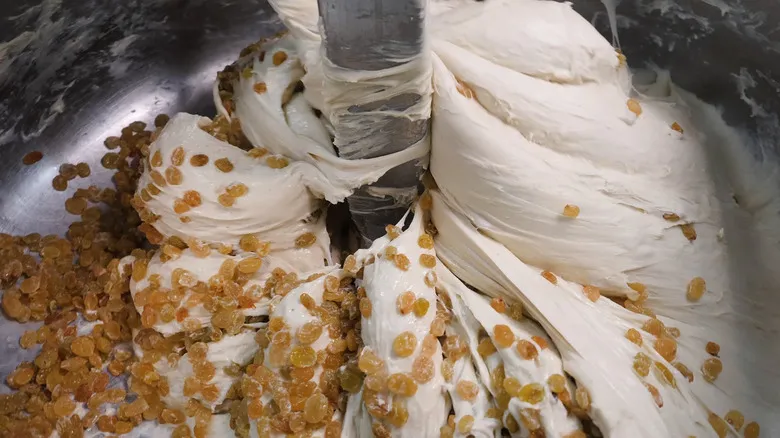
Incorporating various ingredients into a white bread recipe necessitates specific modifications. According to Nathan Myhrvold, "Certain inclusions, such as liquids or purees, will become a fundamental component of the dough." This means you can easily blend in a can of your preferred fruits or vegetables with the dough. However, in these instances, you'll need to modify the flour and hydration levels to achieve the desired dough consistency.
Typically, adding ingredients in small pieces won’t compromise the dough's structure. However, Myhrvold cautions that "a walnut half may be too large to stay suspended in the dough, which is why we suggest chopping larger items." Other types of additions, like swirls or chunks, can coexist harmoniously within the dough, he notes. With your enhanced white bread recipe, you can elevate your mundane tuna sandwich or take your tomato sandwich to new heights.
Recommended
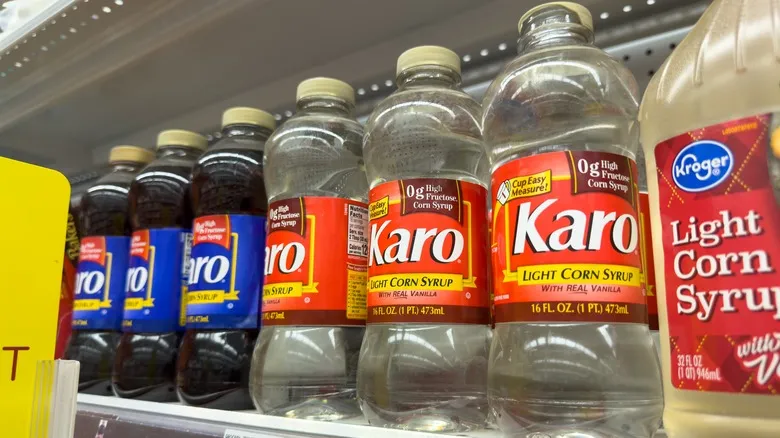
The Problem With Using Corn Syrup As A Substitute For Table Sugar
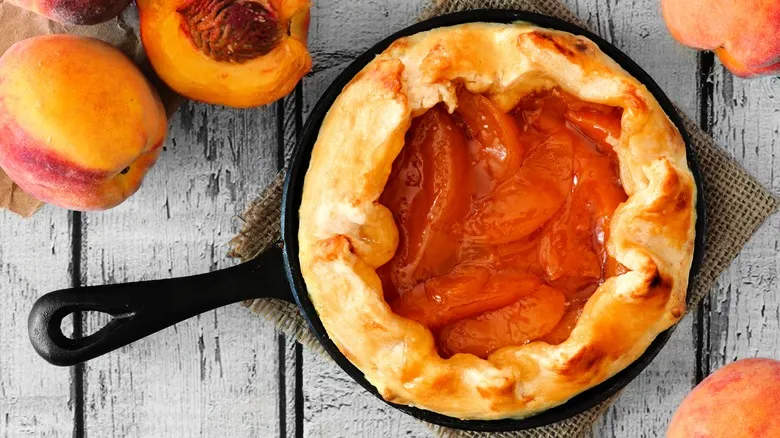
The Essential Step You Can't Forget When Baking With Canned Peaches
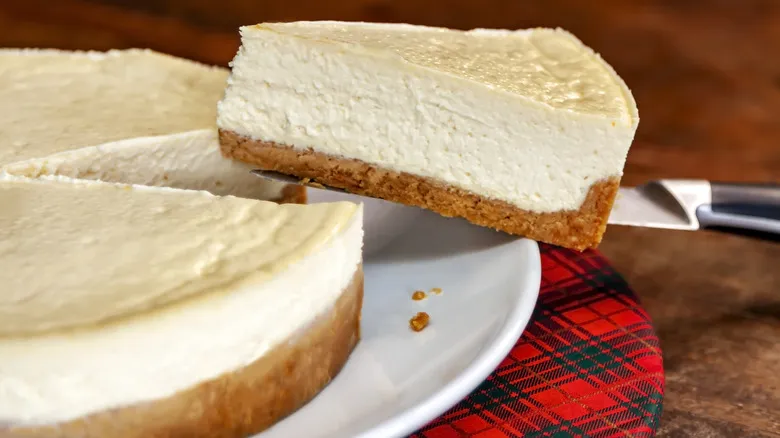
Prevent Over-Baked Cheesecake With A Clever Wooden Spoon Test
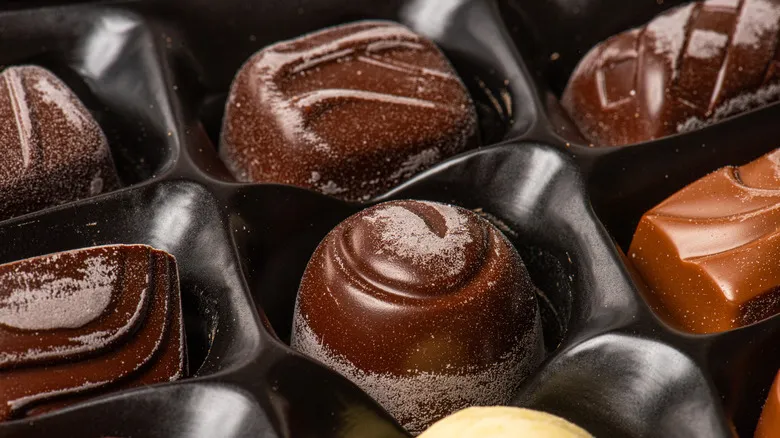
What Is The White Dust On Your Chocolate (And Is It Safe To Eat)?
Next up

